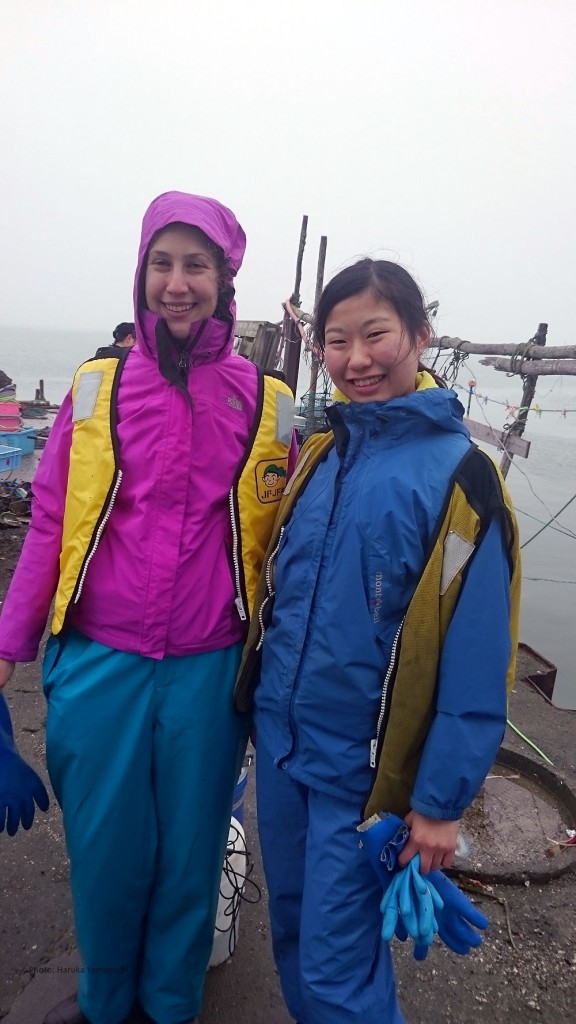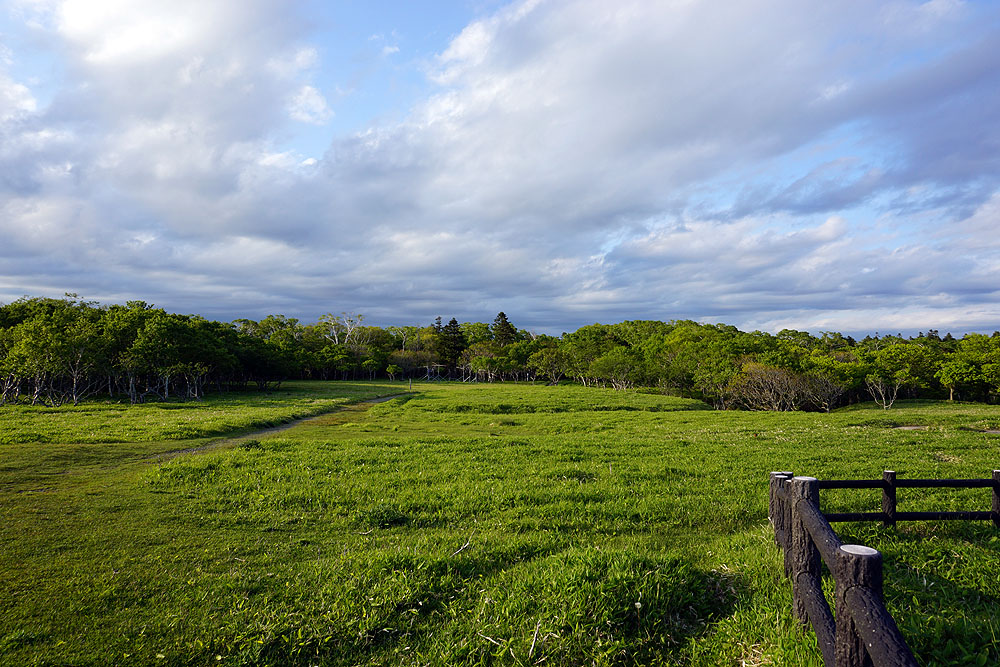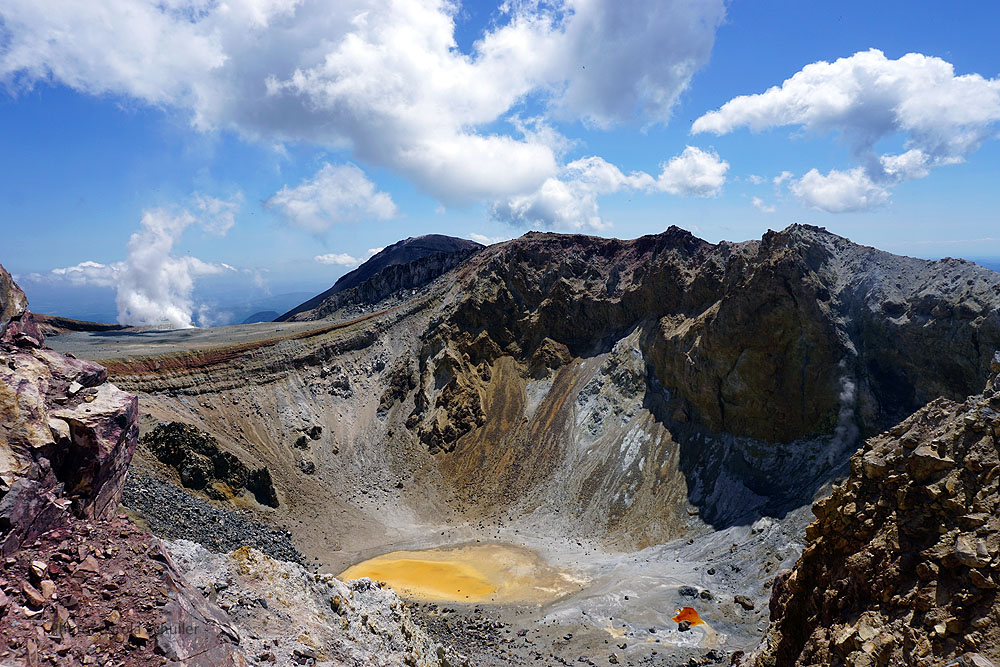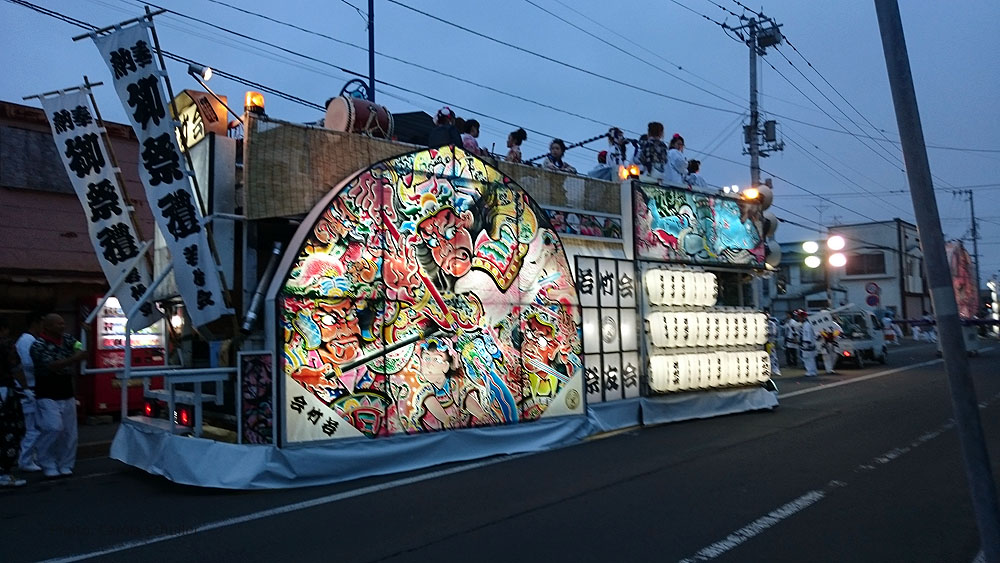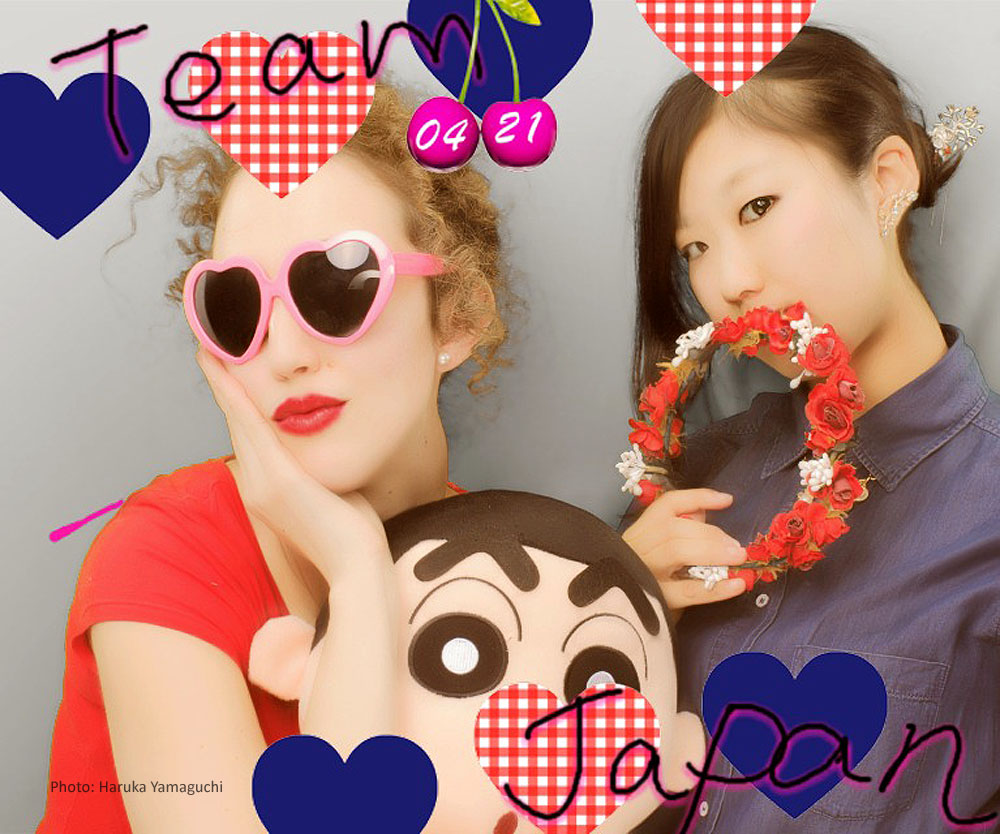It is hard to believe that almost 5 months at the Akkeshi Marine Station have already passed. Although so much has happened in the meantime, the day we met at Kushiro-Airport (Carola arrived there) feels like yesterday for us.
This year the members of Team Japan are Haruka, who is doing her undergraduate studies in Biology at Hokkaido University and Carola, who is doing her Master in Biology at the Technical University of Munich.
Since both of us have not been to Akkeshi before, we had to get used to living and working at the Akkeshi Marine Station during the first few weeks of our stay. The station is a rather small and remote place, from where one cannot even walk to a super market. Luckily, Haruka has a car. However, to overcome the solitude, almost every week the lab members celebrate a small food party with a variety of typical Japanese dishes. We cook, eat, drink, and laugh together and this makes the atmosphere here really familiar.
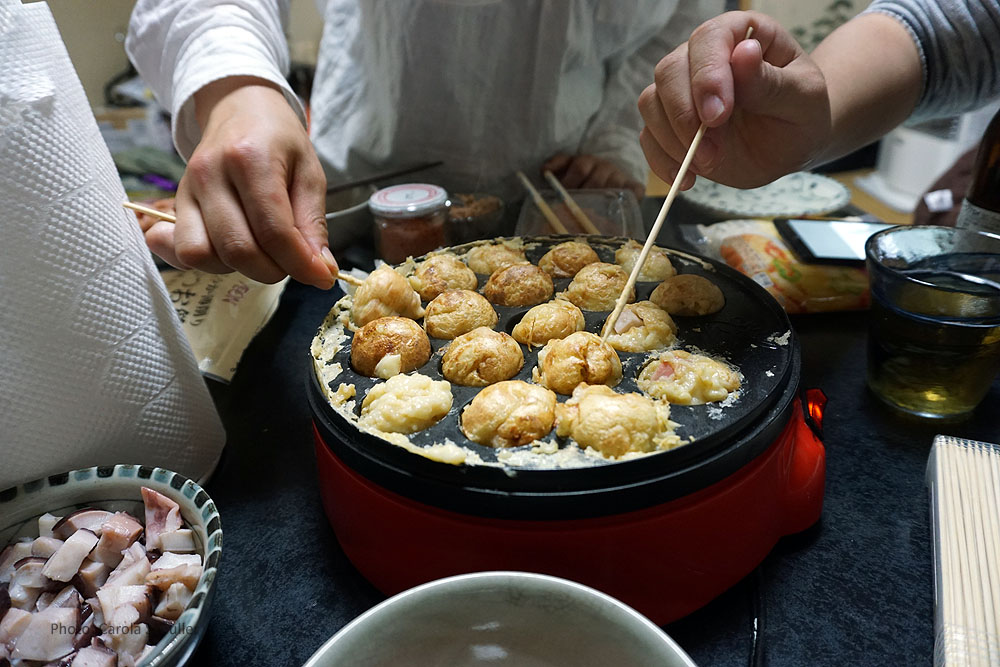
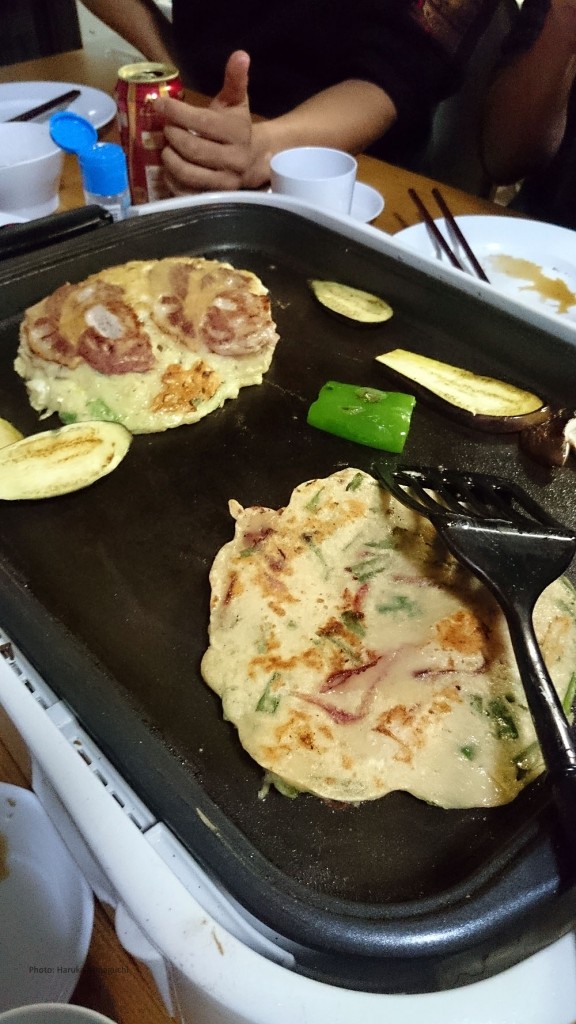 Soon after the arrival, we started with our work. First, we were searching for locally abundant anemone species that show asexual reproduction and which are easy to handle. During the preparative course at GEOMAR in Kiel, we decided to go for Diadumene lineata, but now being in Japan we could not find it in the waters near the marine station. We chose this species because D. lineata is small – just a few cm in size – easy to handle and is robust to various stressors like fluctuations in salinity or temperature. Furthermore, it shows asexual reproduction and it can be found in many sea areas worldwide. After a long but unsuccessful search at different places around Akkeshi, we started to take anemones from other locations into account.
Soon after the arrival, we started with our work. First, we were searching for locally abundant anemone species that show asexual reproduction and which are easy to handle. During the preparative course at GEOMAR in Kiel, we decided to go for Diadumene lineata, but now being in Japan we could not find it in the waters near the marine station. We chose this species because D. lineata is small – just a few cm in size – easy to handle and is robust to various stressors like fluctuations in salinity or temperature. Furthermore, it shows asexual reproduction and it can be found in many sea areas worldwide. After a long but unsuccessful search at different places around Akkeshi, we started to take anemones from other locations into account.
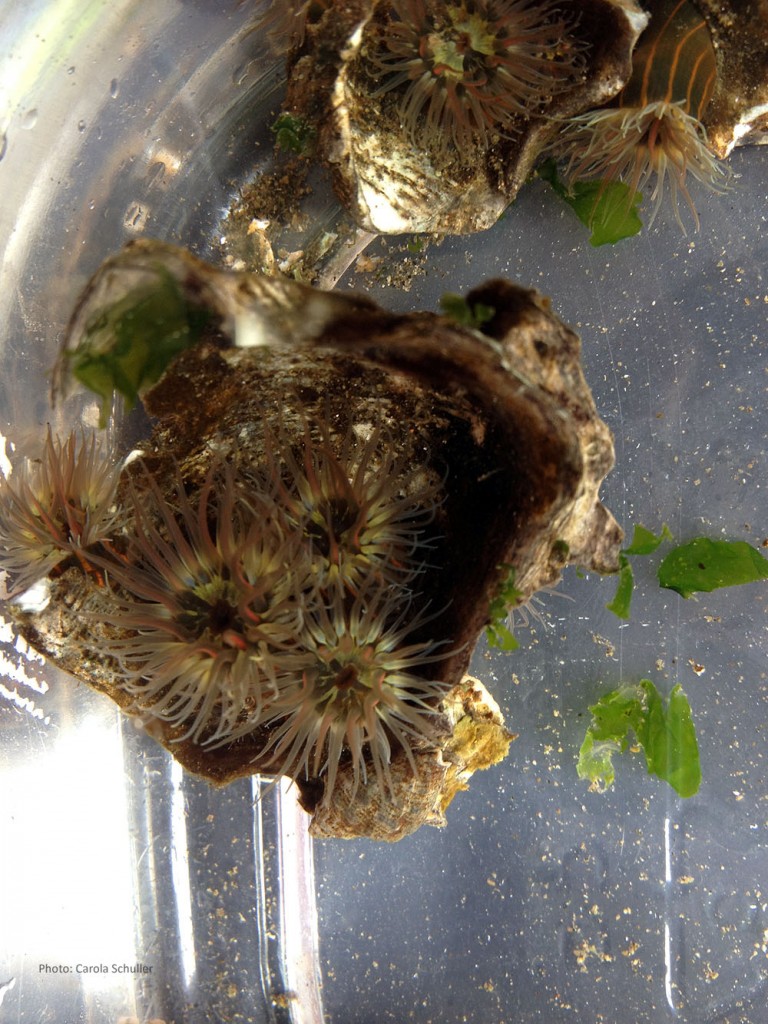 Finally, an anthozoan expert from Chiba (not far from Tokyo) showed us a place in Tokyo Bay where D. lineata is abundant. For the sampling, we therefore needed to travel to Tokyo, what was really nice for us, because we had the chance to look around this beautiful, busy city.
Finally, an anthozoan expert from Chiba (not far from Tokyo) showed us a place in Tokyo Bay where D. lineata is abundant. For the sampling, we therefore needed to travel to Tokyo, what was really nice for us, because we had the chance to look around this beautiful, busy city.
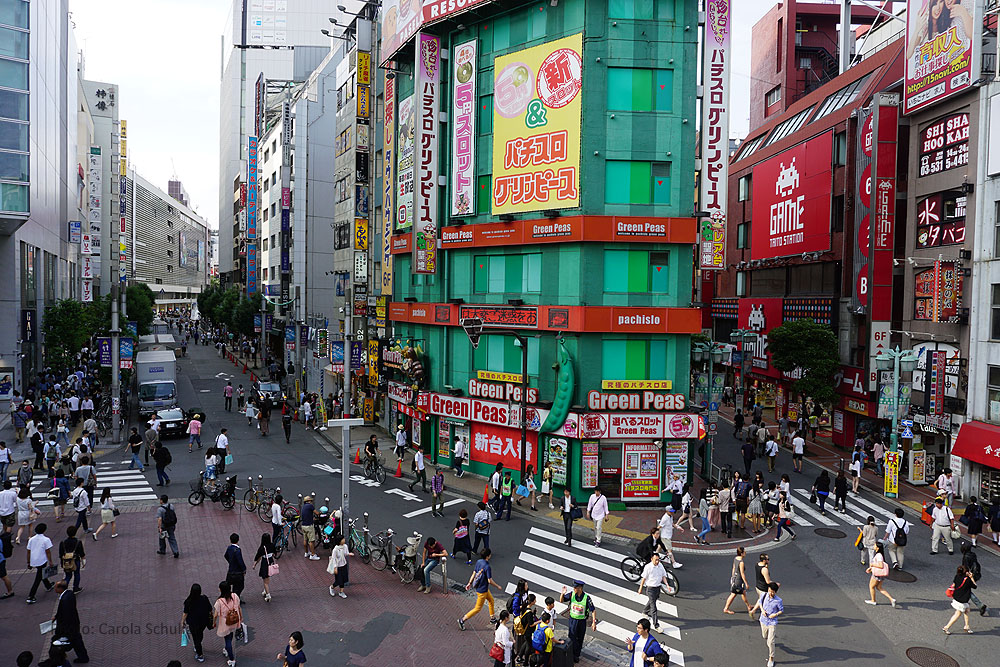 Travelling was also necessary for collecting our second test species, Metridium senile:
Travelling was also necessary for collecting our second test species, Metridium senile:
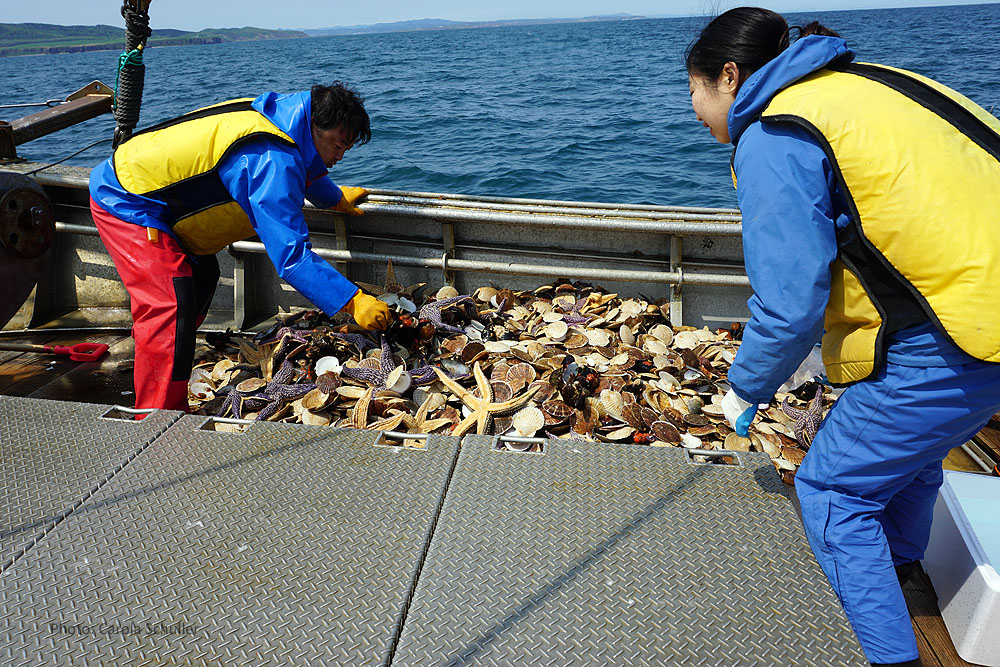
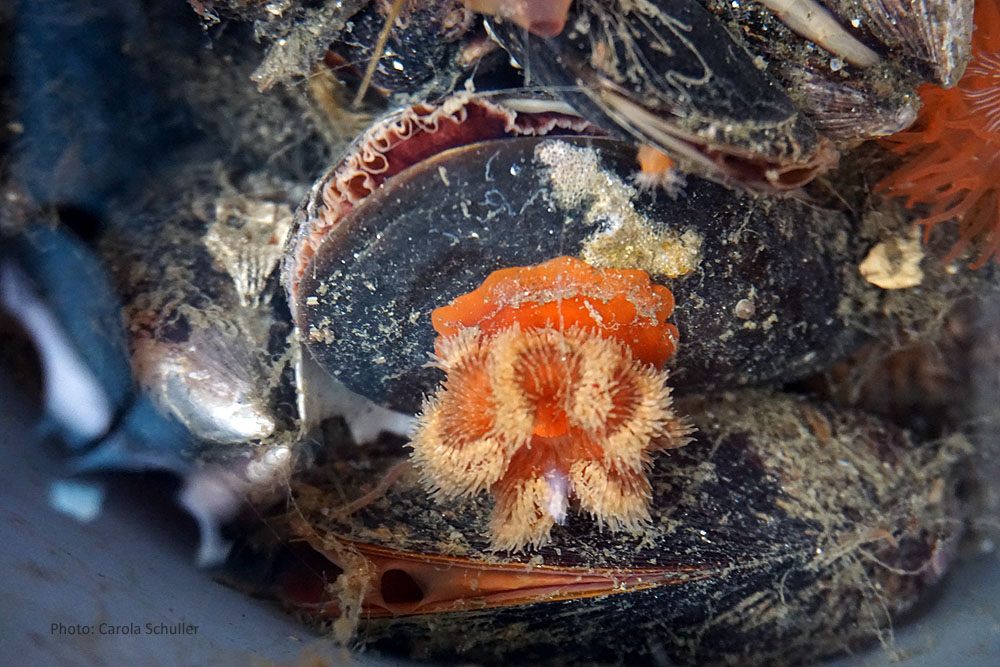 We had to drive around 200 km to Abashiri, which is in the northeast of Hokkaido, by car and during the trip we could admire the beautiful landscapes on our way. Although we were unlucky and frustrated with our fruitless search in the beginning, we now think that it was the best that could happen to make us see more of Japan. Just a few days ago, however, we found also a D. lineata population near Akkeshi.
We had to drive around 200 km to Abashiri, which is in the northeast of Hokkaido, by car and during the trip we could admire the beautiful landscapes on our way. Although we were unlucky and frustrated with our fruitless search in the beginning, we now think that it was the best that could happen to make us see more of Japan. Just a few days ago, however, we found also a D. lineata population near Akkeshi.
After a day of hard work, we always try to enjoy the beautiful landscapes around the Akkeshi Marine Station and participate in the typical social activities of Japan. One of our favorites is to bath in hot springs – they are called ‘Onsen’ in Japanese. There we can talk, relax, and gain new energy for the next working day.
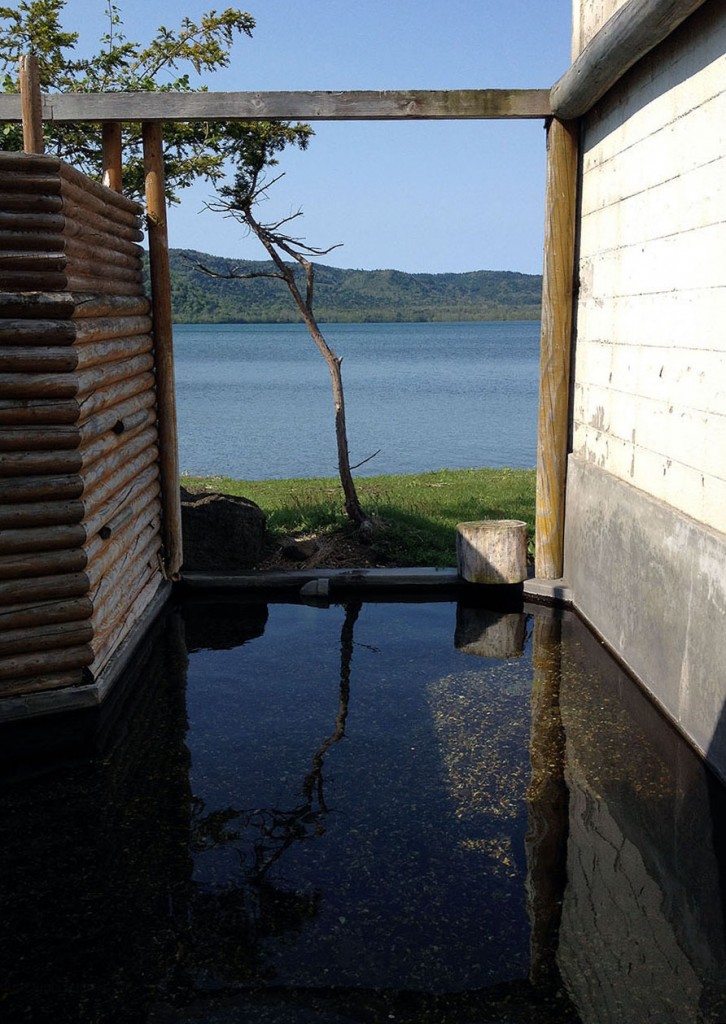 Another really popular activity in Japan is –guess what- Karaoke. Of course, we already went to a Karaoke box for a few times and Haruka, who is totally into it, can even sing for 9 hours in a row – whereas Carola feels already tired after 2 hours.
Another really popular activity in Japan is –guess what- Karaoke. Of course, we already went to a Karaoke box for a few times and Haruka, who is totally into it, can even sing for 9 hours in a row – whereas Carola feels already tired after 2 hours.
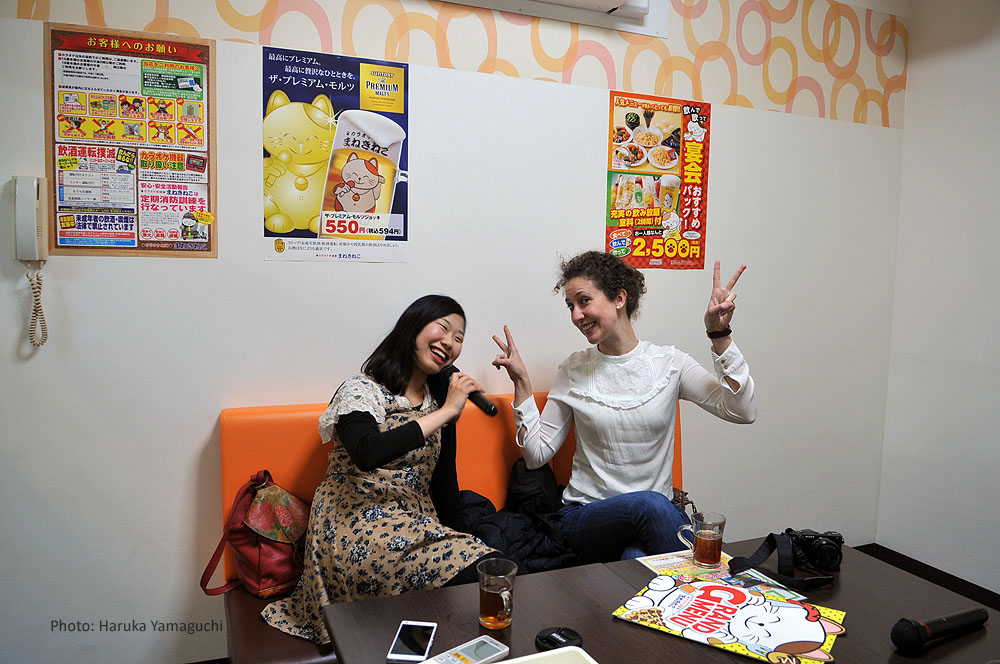 During the day, whenever we need a short break, we climb up the hill behind the lab. From there we have a view at a beautiful landscape and can watch deer and foxes and breath taking sun-sets.
During the day, whenever we need a short break, we climb up the hill behind the lab. From there we have a view at a beautiful landscape and can watch deer and foxes and breath taking sun-sets.
But the Akkeshi area is just one of Japans nice and stunning landscapes: Within a few hours´ drive from here there are volcanos of which some are still active, a lot of lakes, wet lands, mountain areas and also many wild animals like deer, foxes, brown bears, seals, whales, eagles, etc.
Not only the social activities, like e.g. visiting Onsen and going to Karaoke, but also the Japanese culture itself is very different from the Western world. Japanese people are very polite and very nice to each other and they cannot even say “No”, because it´s so impolite. Another thing that is actually really nice is that in Japan nobody ever enters a house with his/her normal shoes on. Everybody changes to slippers before going in and inside places like Onsen, in small hotels and in some private houses you can even find bathroom slippers. So, there you have to change from slippers to slippers when you want to go to the toilet. However, once you are used to this tradition, you never want to miss it, because it gives you the feeling that you are at home wherever you go and it´s so much more comfortable then wearing your street shoes all day. What also differs from the Western culture is that Japanese do not shake hands or even give kisses for saying hello or goodbye. Not even if you want to congratulate somebody, there is any kind of physical contact. Last but not least, the saying that Japanese are workaholics is really true. It is not unusual to meet members of our lab during the weekends when we go there to check for our anemones.
In Japan there are also lots of festivals and in July we had the chance to visit a firework festival and a traditional Japanese parade with colorful wagons. Fireworks in Japan are actually not comparable to European ones, since they are centered around themes, sometimes come with music and traditionally almost all of the effects have an original shape, for instance they look like flowers or jelly fish.
So far, our Akkeshi days have passed like nothing and right now we are already in our main study.
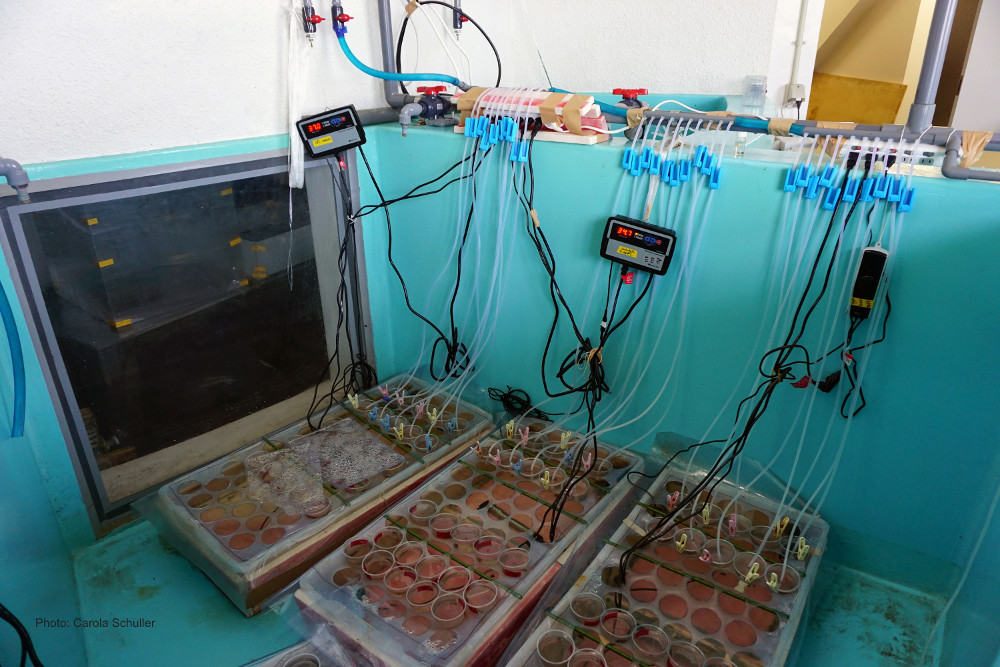 Therefore, the next weeks we will be very busy, but we hope that we will still have a bit time left to enjoy more of Japan and its stunning nature and culture.
Therefore, the next weeks we will be very busy, but we hope that we will still have a bit time left to enjoy more of Japan and its stunning nature and culture.
Carola and Haruka
